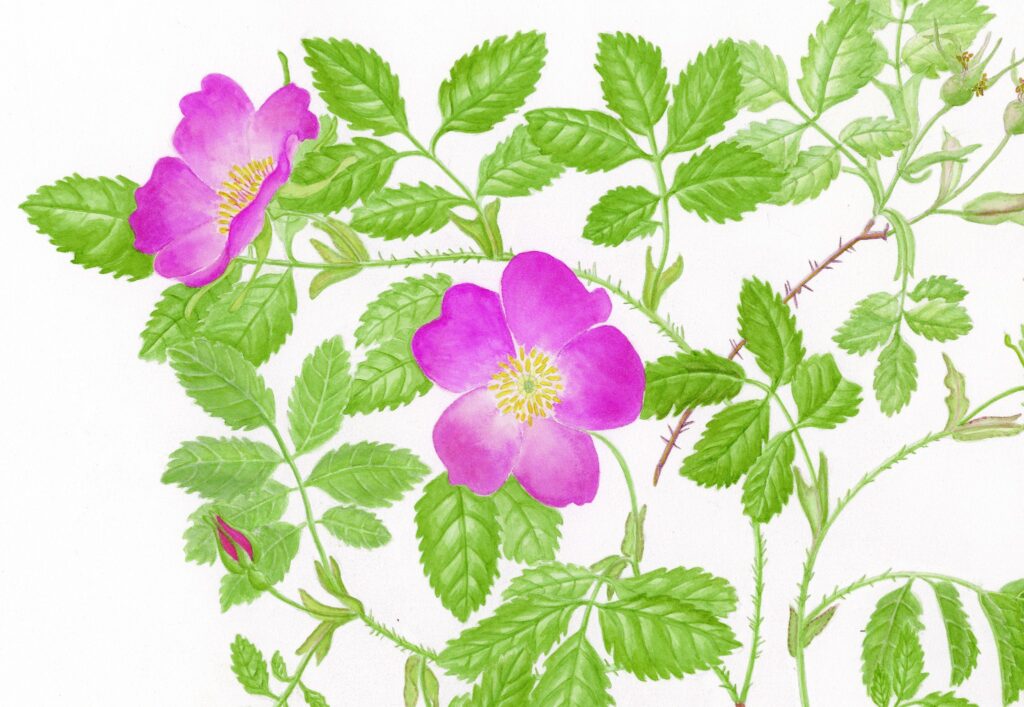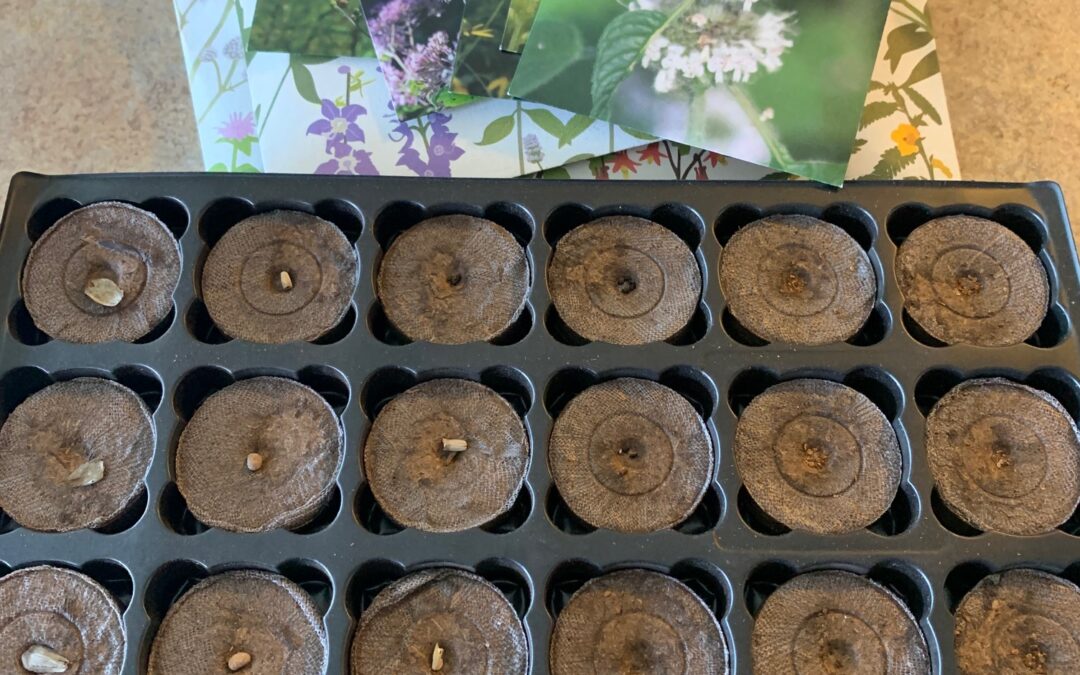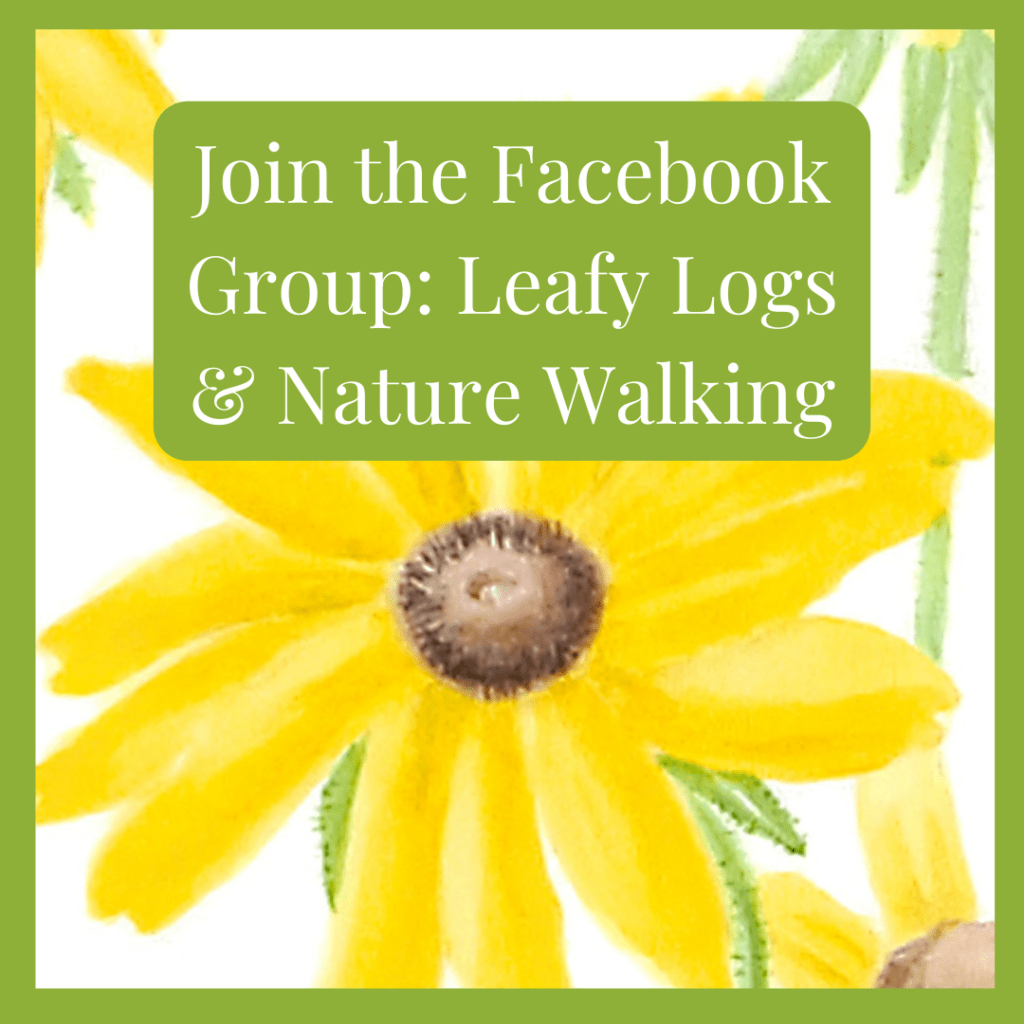Finally spring has arrived! It’s time to start our gardens. There are so many important choices. Should we plant seeds in greenhouse containers first, or plant them directly into the garden soil? Should we plant seeds or purchase little plants from a nursery? And what does this have to do with walking in nature?
Well, not very much, unless you are planting native wildflower seeds as you walk along. We have an abandoned parking lot here in West Virginia, where a Target store decided not to build after the parking lot was completed. It is full of grassy sections that are only mowed a couple of times a year. It is a perfect place for pollinator plants, so I have broadcast a few native plant seeds over 2 years. Since native plants may take 2 years to germinate from seed, I am looking forward to a few new flowering plants this year.
Most of us, though, are planting vegetables and flowers for our summer gardens and hoping for quick germination. Tomatoes may take 80 days to produce edible tomatoes, but not 2 years! Since I have been scanning catalogues for 2 months, and choosing seeds carefully, I hope to move ahead with confidence.
Two years ago I was looking for a special native wild rose with the latin name Rosa blanda. It is a pink wild rose, similar to the wild rose Rosa acicularis that I have already painted. After searching near my summer location in northern Wisconsin and also in my winter location in West Virginia, and not finding this rose, I decided to search online for plants. I finally found them and ordered 2 plants.

Oh no! The plants had been sprayed with neonicotinoids, a kind of insecticide that kills insects and spiders that plague nurseries. Unfortunately, it also takes a long time to leave the plant. It may penetrate the leaf membrane and is found in pollen and nectar. So when I planted out these roses in my garden, I needed to use mesh screening to prevent the pollinators from reaching them.
Recently I have noticed that some nursery plants are carefully labelled with tags that say “not treated with neonicotinoids.” I have even seen some, like the roses I purchased with tags that say “treated with neonicotinoids.”
Covering them with mesh is inconvenient, but I would rather the bumblebees and little butterflies cannot sip from their nectar and become ill. The Xerces Society, that has helpers who study insects, says that it may not kill the bees, but it makes them sick. Butterflies may become disoriented or slowed down in flight, so predators catch them easily.
If plants do not have signs to tell you whether they have been treated, then it’s best to ask. If they have been pretreated, complain and, if possible, shop elsewhere. Merchants do not want to upset their customers, so perhaps the practice will stop.
There are many nurseries that offer wildflower seed mixes. If you broadcast seeds into the wild areas along your walk, remember it may take as much as 2 years for flowers to bloom. If you put wildflower seeds into planting soil, read the directions first to see if they will grow this year. I often purchase a few little plants from Prairie Moon Nursery, because I know plants will flower this year. I can have the satisfaction of watching the bumblebees and hummingbirds find them.
The Xerces Society (www.xercessociety.org) has a great website with lots of information on pollinators and easy access to their magazine. There is also more detailed information on neonicotinoids. Check it out for more information.
And good luck with your new garden!


